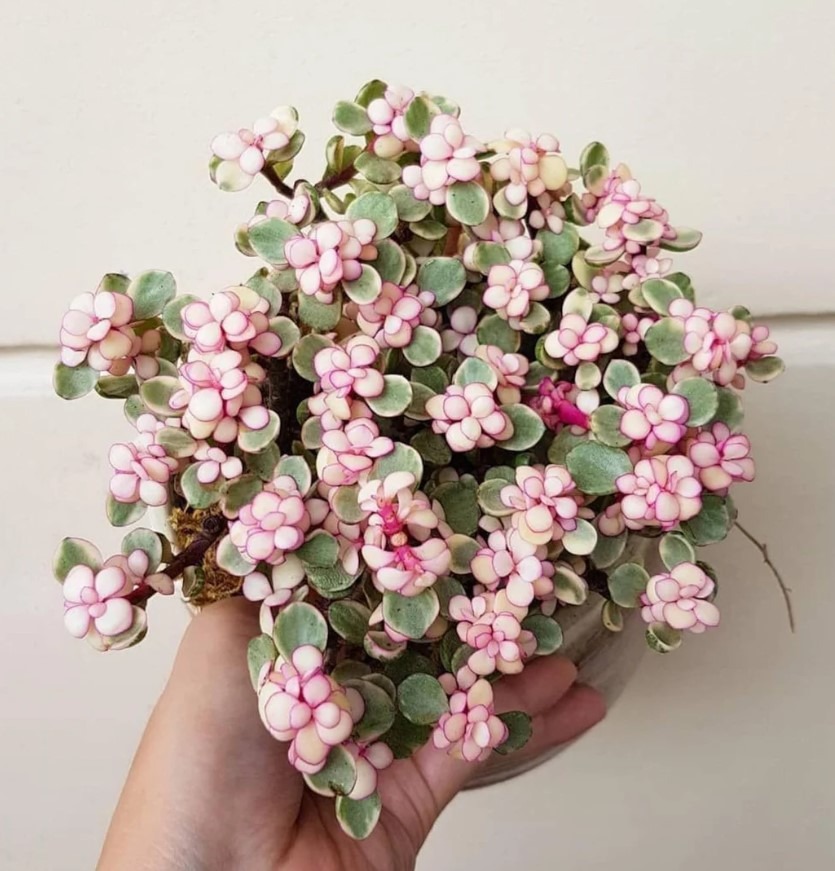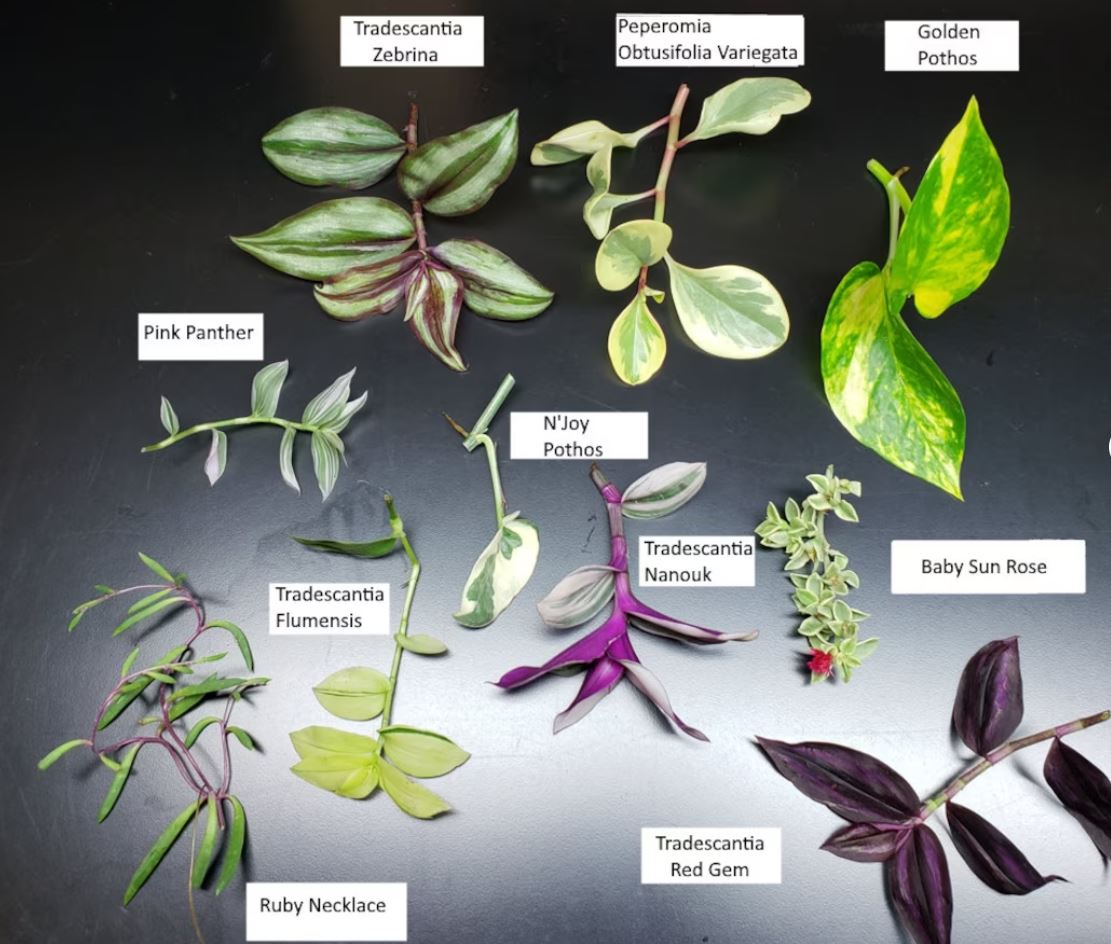Informational
Here are some interesting facts about tulips:
- Tulips are part of the lily family and are native to Central Asia and Turkey.
- They were first cultivated by the Ottoman Empire in the 16th century and were later introduced to Europe in the 17th century.
- Tulips are available in more than 3,000 different varieties and come in a wide range of colors, including red, yellow, pink, purple, and white.
- The Netherlands is the world’s largest producer of tulips, with over 4 billion bulbs exported annually.
- Tulips were once so valuable in the Netherlands that they were used as currency, and the period of speculative tulip trading in the 1630s is known as “tulip mania.”
- Tulips are popular flowers for gardens and landscaping because of their beauty, ease of cultivation, and wide range of colors.
- Tulips are also used as cut flowers in floral arrangements, and they have a vase life of up to 10 days.
- Some tulip bulbs can produce more than one flower per stem, which is known as a double bloom.
- The name “tulip” is thought to come from the Persian word “delband,” which means turban, because of the flower’s shape.
- Tulips are symbolic of perfect love and have been used in poetry and literature to represent beauty, grace, and elegance.
Care Guide
Taking care of tulip bulbs involves a few key steps:
- Planting: Plant tulip bulbs in the fall, ideally six to eight weeks before the first hard frost. Choose a spot that receives full or partial sun and has well-draining soil. Plant bulbs 6-8 inches deep and 4-6 inches apart, with the pointed end facing upwards.
- Watering: Water tulip bulbs immediately after planting, and then keep the soil moist but not waterlogged until the ground freezes. Tulips are relatively drought-tolerant, but they need adequate moisture during their growing season in the spring.
- Fertilizing: Apply a slow-release fertilizer to the soil when planting the bulbs, or use a liquid fertilizer in the spring when the foliage begins to emerge. Avoid high-nitrogen fertilizers, which can encourage leaf growth at the expense of flower production.
- Mulching: Cover the soil around the tulip bulbs with a layer of organic mulch, such as shredded leaves or straw, to help retain moisture and moderate soil temperature.
- Pruning: Once the tulip flowers have faded, remove the spent blooms to prevent the plant from putting energy into seed production. Allow the foliage to die back naturally, as it provides nutrients to the bulb for next year’s growth.
- Storage: After the foliage has completely died back, dig up the tulip bulbs and store them in a cool, dry place until the next planting season. Avoid storing bulbs in plastic bags or containers, as they need air circulation to prevent mold and rot.
By following these care steps, you can help ensure that your tulip bulbs produce healthy, beautiful blooms year after year.





